Characteristics of iron and its reaction with oxygen
How iron interacts with oxygen
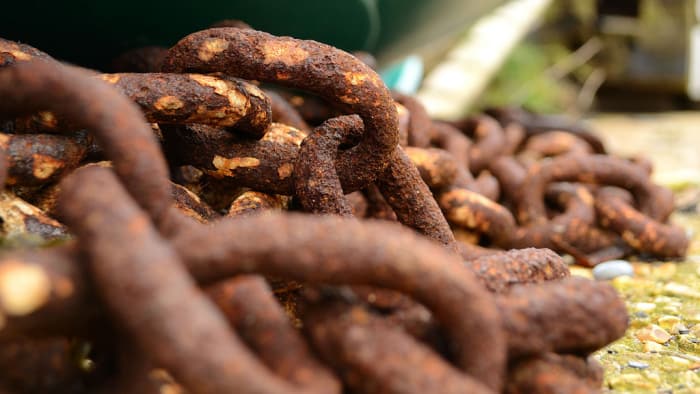
Iron is a metal of medium chemical activity, which is present in many minerals: magnetite, hematite, limonite, siderite and pyrite.
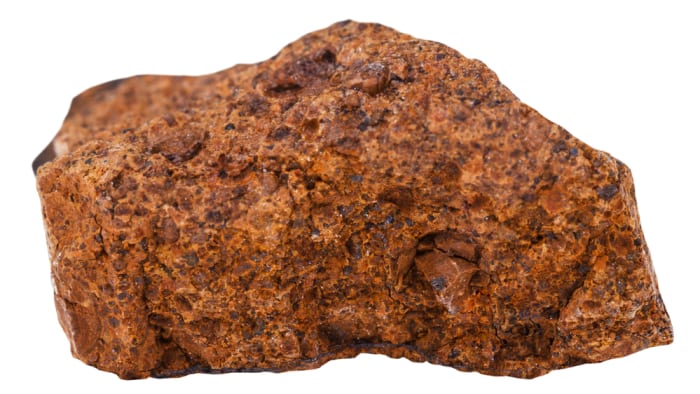
Chemical and physical properties of iron
In normal conditions and in pure form, iron is a solid substance with a silvery-grey color and a bright metallic shine. Iron is a good conductor of electricity and heat, as can be tested by touching an iron object in a cold room. As the metal swiftly conducts heat, in a short period of time iron takes most of the warmth from human skin, and after you touch it for a while it feels cold.
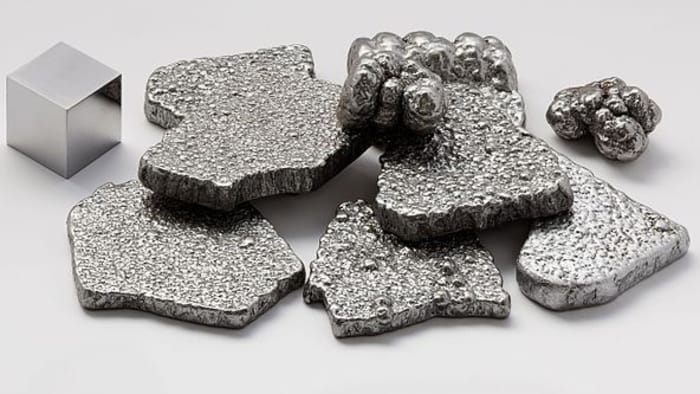
The melting temperature of iron is 1538 degrees Celsius, and the boiling temperature is 2862 degrees. The characteristic properties of iron are good ductility and fusibility.
Iron reacts with simple substances: oxygen, halogens (bromine, iodine, fluorine and chlorine), phosphorus and sulfur. When iron is burnt, metal oxides form. Depending on the conditions of the reaction and the proportions between the two participants, iron oxides can differ. The equations of the reactions:
2Fe + O₂ = 2FeO;
4Fe + 3O₂ = 2Fe₂O₃;
3Fe + 2O₂ = Fe₃O₄.
These reactions take place at high temperatures.
Here you’ll find out what chemical experiments with iron you can do at home.
The reaction of iron with oxygen
For iron to react with oxygen, it must be heated beforehand. Iron burns with a dazzling flame, scattering sparks – incandescent particles of iron cinder Fe₃O₄. The same reaction of iron and oxygen also takes place in air, when during mechanical processing, steel heats up drastically from friction.
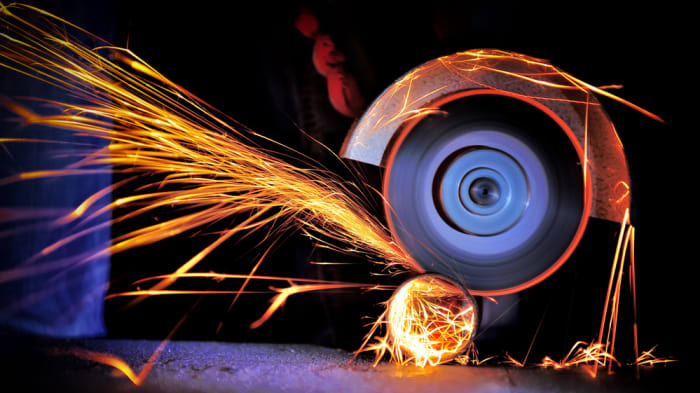
When iron is burned in oxygen or in air, iron cinder forms, the equation reaction is:
3Fe + 2O₂ = Fe₃O₄, or
3Fe + 2O₂ = FeO • Fe₂O₃.
Iron cinder is a compound in which iron has different valencies.
Obtaining iron oxides
Iron oxides are products of reaction between iron and oxygen. The best-known of them are FeO, Fe₂O₃ and Fe₃O₄.
Iron (III) oxide Fe₂O₃ is an orange-red powder, which forms on the oxidation of iron in the air.
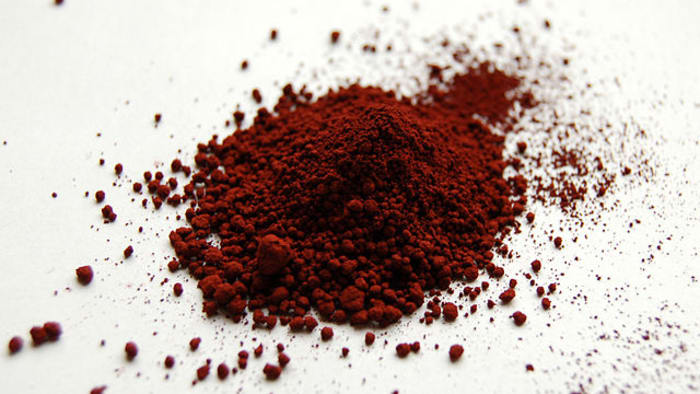
The substance forms on the breakdown of the salt of trivalent iron in air at a high temperature. A little iron (III) sulfate is placed in a ceramic bowl, and heated over a gas burner. In the thermal breakdown, iron sulfate breaks down into sulfur oxide and iron oxide.
Iron (II, III) oxide Fe₃O₄ forms on the combustion of powdered iron in oxygen or in the air. To obtain the oxide, a little fine iron powder is mixed in a ceramic pot with sodium nitrate or potassium nitrate. The mixture is heated over a gas burner. When potassium and sodium nitrate are heated, they break down, with the release of oxygen. Iron burns in oxygen, forming the oxide Fe₃O₄. After combustion ends, the obtained oxide remains on the bottom of the ceramic pot in the form of iron cinder.
Warning! Don’t try to repeat these experiments without a professional supervision!
Iron (II) oxide FeO forms in the breakdown of ferric oxalate in an inert atmosphere, and is a black powder.